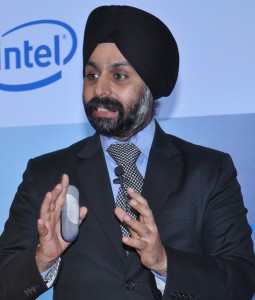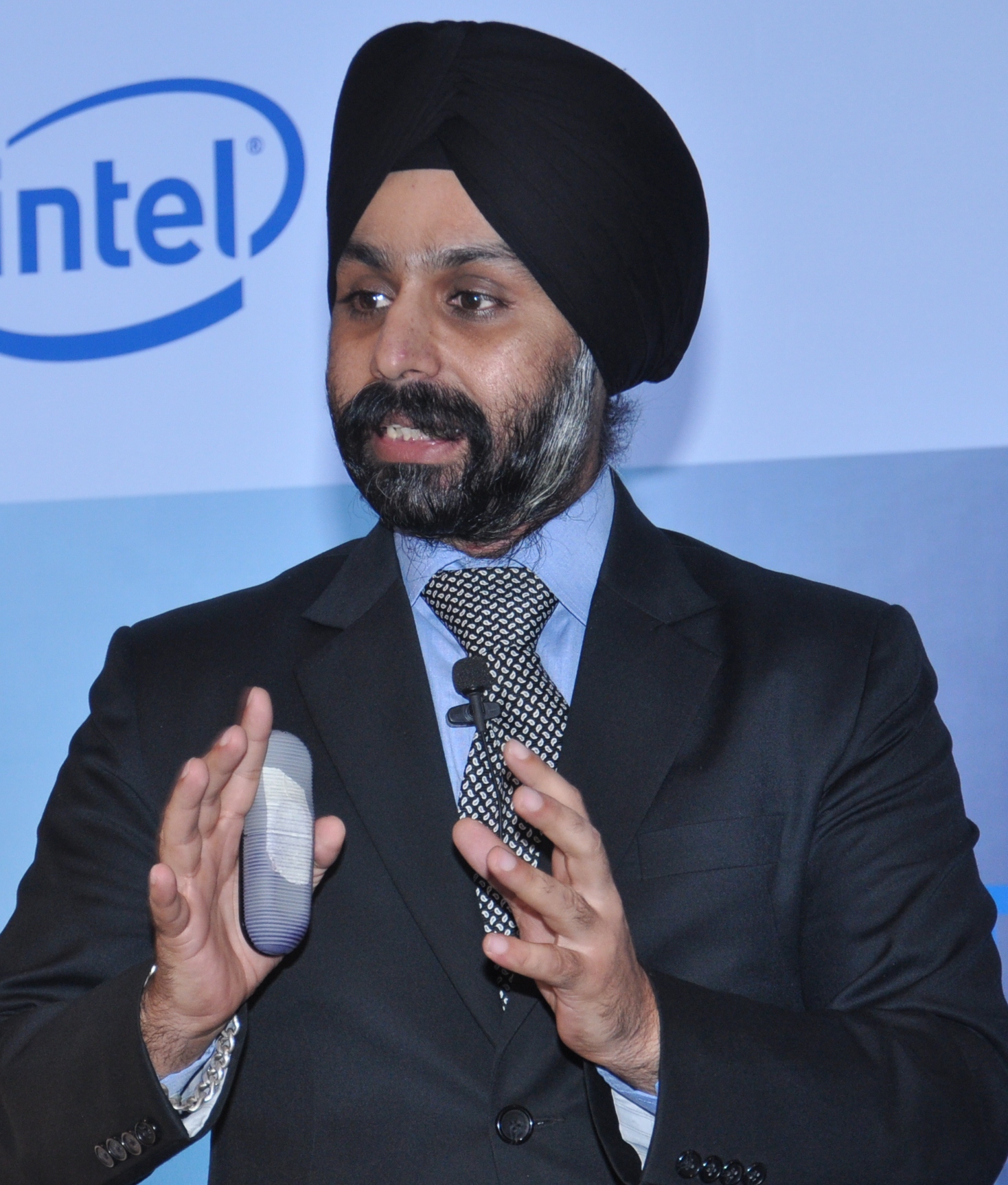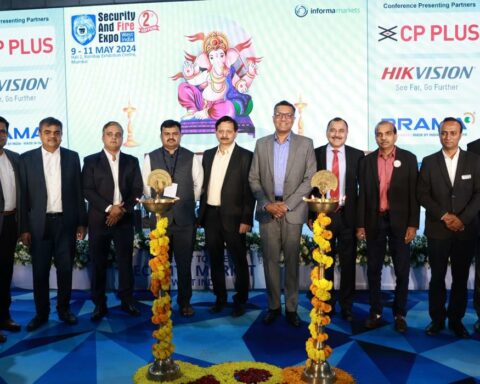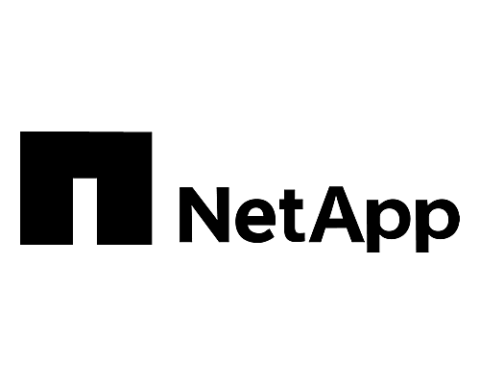Amandeep Singh Dang, Country Manager, Networking, Dell India, talks about the current trends in the SDN market and throws light on the revised channel strategy for fast growing market like India

Shweta) Though SDN is being hailed as a game-changer in the datacenter, players prefer to play the wait- and –watch mode. What are the deterrents in looking at a sound SDN strategy?
Mr. Dang) Though the SDN approach to computer networking has evolved since its first inception in 2008, the industry will take some time for large scale adoption of the technology. SDN has the potential to unlock benefits with a greater ease and dexterity.
As for Dell, we believe SDN adoption is end customer use case drive. Every customer will have his own rationale to jump unto SDN bandwagon. At Dell we will continue to get the customer to exercise this SDN choices – Programmatic control based, Hypervisor based or Open standard controller based. We profess two paths to interoperability in SDN, the open source path and the open standards path. We have made progress not just on the data plane, but also on the control plane where we are extending the controller — our own infrastructure controller — which is made to stitch all the datacenter infrastructure products together, not just networking. So it’s not SDN. It’s really SDE, or a software-defined enterprise controller.
In an already fragmented market, the standardization arm of SDN is fragmented. Our strategy is to be transparent to everything with regards to SDN and we let our customers to interoperate in which ever path they choose.
Shweta) Telcos are already a strong force of partnership for competition. What is Dell’s go-to-market approach?
Mr. Dang) Dell is taking a leading role to decouple the Networking industry as a whole so that open standard based hardware, control and applications extend the best TCO to customers. Dell has announced partnership with Red Hat to drive its effort to be a force in the burgeoning area of network function virtualization (NFV) technology, aimed at helping carriers reduce costs and quickly roll out new services. Major carriers/telcos are interested in NFV because its gives them a standards-based approach to virtualizing telecom applications, allowing them to run on industry standard servers.
Aside, Dell already announced its partnership with Cumulus networks to support third party open source operating system over Dell S4810 & S6000 10G/40G hardware. All these GTM are primarily targeted around Service providers requiring control over networking element to optimize workloads, TCO’s or operative complexities.
For instance IIHT, one of the leading IT education providers in India, was struggling to expand its geographical reach and at the same time provide anywhere, anytime hands on learning. IIHT’s ask was to deliver learning as a service to internal training centers and enterprise customers in a cost effective IT training model. Dell designed SDN approach to IIHT’s cloud offerings built on Dell Networking core switches, PowerEdge servers and Dell PowerVault storage. We were able to deliver a solution that:
· Is enterprise class functional
· Makes hardware incidental
· Seamlessly integrates with IIHT’s existing system
· Operates in real time situations
IIHT, being an early adopter of the SDN approach, has gained 65 per cent growth in its customer base within a short period of time of six months.
Shweta) Software-defined datacenter is fast gaining industry acceptance with each vendor providing their own versions. Isn’t there a danger of cannibalizing hardware sales?
Mr. Dang) As mentioned earlier, SDN is still in nascent stage in the market from a deployment point of view. The industry has many players offering their own versions of SDN. However, the need for SDN and its usage will differ with customer to customer. A telecom sector player will have a different need to the one playing in education sector. Over a period of time, with each vendor making significant improvements and differentiating their offering in SDN from the rest, each vendor will cater to certain specific needs and this is healthy scenario from an industry point of view as competition leads to innovation which is good for the future of the industry.
Fundamentally, SDN is all about control plane, network definitions and orchestration. There is always underlying hardware either: non-SDN, hybrid or Data-plane only. As SDN gets wider acceptability and a maturing North bound industry ecosystem Standard based open control hardware will proliferate proprietary and monolithic datacenter hardware space. At Dell we see this as tremendous opportunity.
Shweta) What is your value proposition, to CIOs and enterprise channels?
Mr. Dang) In the industry, majority of the vendors go to CIOs with an intention to sell their product as a response to a customer who has requested help. They try to position the product as the solution instead of trying to understand the customer’s needs. We at Dell believe in being an end to end player in our offerings.
Dell’s work methodology with the customer is simple. We work with the customer right from scratch in understanding their challenges and deliver solutions or even custom solutions as per their need. We are more focused on fixing the problem than selling our products. It gives the customer an option to address the problem in an inexpensive way, which is a win-win situation, both, for the customer and Dell. Being completely involved with a customer sets a belief in them about our offerings and that we care for them.
In reaching out to CIOs, we follow a four-step approach to ensure that every aspect of their enterprise solution needs is dealt with. These four steps are:
- Transform: This means increasing IT agility while lowering costs and this is effectively achieved through cloud computing.
- Connect: This point focuses on increasing productivity by enabling the next generation workforce to work securely from anywhere, anytime and on any device.
- Inform: Customers want control of their data deluge and use it to drive insights to gain a competitive advantage.
- Protect: This refers to protection from organized attacks to cyber theft. Data Protection will remain a key priority for all businesses.
We also encourage our channel partners to take this approach while dealing with customers.
Shweta) Customer focus and channel management is always a tightrope, so what will be Dell strategies to maintain the balance between both?
Mr. Dang) Dell’s ability to touch every aspect of the datacenter story—whether its storage, networking or management—makes it the optimal vendor of choice for the channel when it comes to trends such as SDN. We have made some major changes in our channel partner program. We are integrating our channel business into sales organization which is designed to accelerate channel sales growth. This integration is done across the globe, simplifying the whole structure and allowing us to grow faster. This opens up enormous opportunities for partners to grow sales, increase the overall reach; working hand in hand with Dell. Channel partners are now an integral part of the way we communicate and work with our customers globally. Their feedback on our strategy and GTM is extremely important as we move ahead post privatization. Gone are the days of reactive engagement. We now work jointly with partners on territory planning, account mapping, and developing a strategy to grow together.
Having said that, when it comes to a customer, our approach differs. We look at the need of the customer first and then offer them solutions based on their need. Though the customers and channel partners are inter linked, Dell has different approach with regards to partners and customers which help us maintaining a proper balance between them.
Shweta) Finally what will be Dell’s Focus in 2014?
Mr. Dang) Our focus in 2014 will remain on the customer and creating products and solutions that are customized to their needs. We will also focus on channel partners and work with them for mutual profitability. Through continuous investment in training, we are demonstrating our commitment to our partners. We are also supporting them with campaign strategies, communication and sales tools in order to enable them to deliver improved profitability, enhanced services and support for our customers.
From a technology perspective, through various acquisitions in recent years, we are in a position to provide end-to-end solutions to our customers. The focus of 2014 will be for better integration of various technologies in order to be in a position to provide full proof technological support, i.e. being the perfect end- to-end player.







